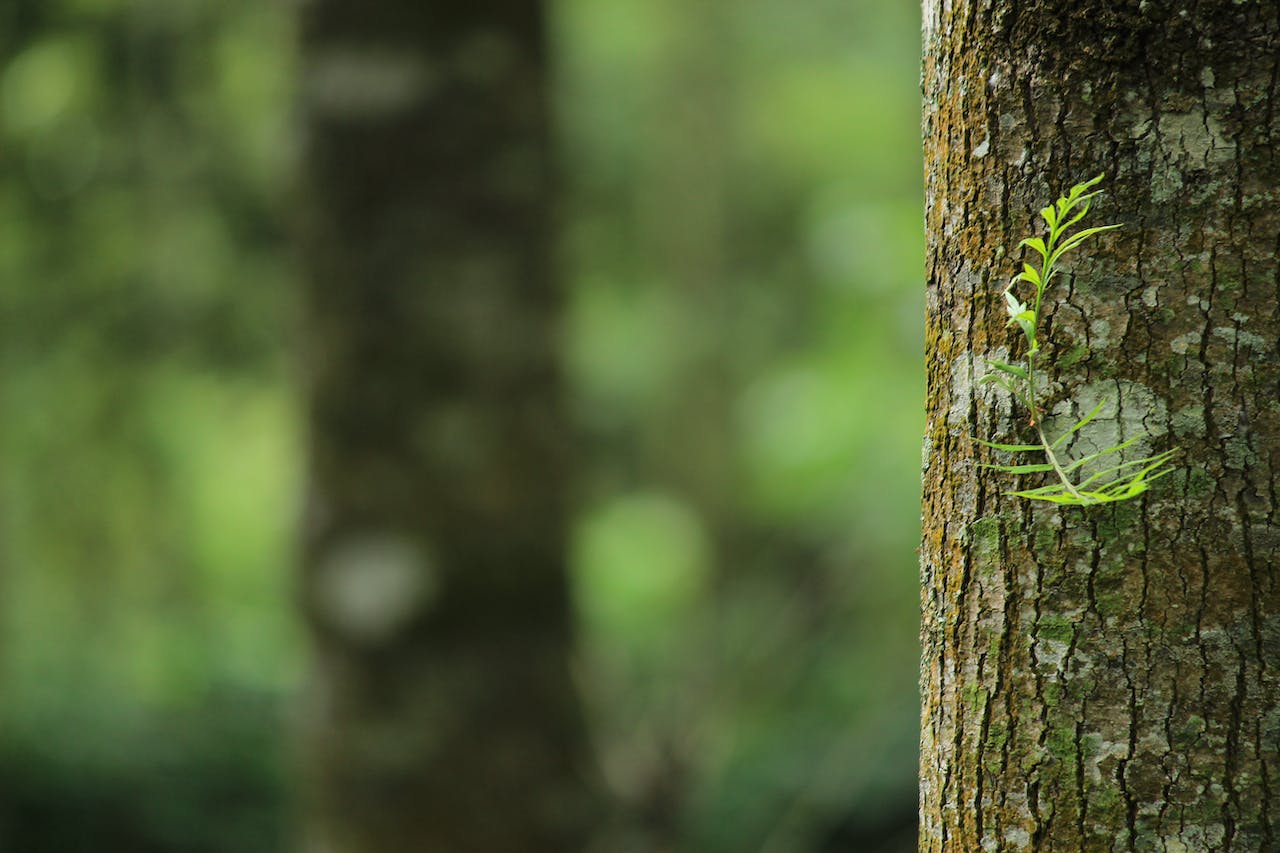There’s a YouTube channel called Insect TV which features microbes fighting each other in plastic arenas. From these battles, viewers can learn a great deal about bugs such as their strengths and natural weapons.
Many invasive tree pests become particularly active during fall months, but you can take measures to keep them away. Here are a few tips that may help your Florida landscape from harm this autumn. You can learn more about tree services on this website.
Jadera Bug
The Jadera Bug (Jadera haematoloma) is an odorless bug of the Rhopalidae family with sucking mouthparts and young known as nymphs.
Adults of this species typically feature black or brownish-black bodies with red eyes and a red shoulder stripe on the thorax, while nymphs tend to have predominantly red bodies with brown antennae and legs; they appear in large numbers during Spring as adults begin mating and seeking food sources; Golden Rain Tree seeds and Chinaberry tree seeds seem particularly tempting!
Jadera bugs are considered nuisance pests because of their propensity to gather in large numbers in yards and gardens, stain clothing when crushed, invade homes for overwintering spots and can even invade homes in search of overwintering sites. While they do no damage to host trees themselves, their presence can create havoc under foliage of those same trees when large numbers congregate beneath their foliage.
Boxelder Bug
Boxelder bugs are true bugs with an identifiable red hue and three lengthwise red lines on their pronotum (head). Although similar in appearance to squash bugs, bordered plant bugs and leaffooted bugs, Boxelder bugs can be distinguished from these others by the presence of three lengthwise red lines on their heads.
As temperatures cool in fall, adult Boxelder bugs begin looking for places to spend the winter – like tree stumps or cracks and crevices near buildings – where they can shelter. Unfortunately they sometimes invade homes too, crowding into cracks in doors, window casings and foundations – though these non-biting critters don’t bite people directly but may irritate residents by crawling around inside and soiling curtains and walls.
Preventing their entry is the single most effective way of controlling boxelder bugs. Caulk should be used at all points of entry such as window frames and doorframes and eaves to seal these gaps, eliminating hiding places such as rocks, boards or leaves close to houses; and rake a 6-to-10-foot-wide strip of grass, weeds and general debris around foundations to reduce numbers further. Furthermore, forceful streams of water can help eliminate large concentrations of bugs at one time.
Ants
Goal of this game: Eliminate enemy bugs and collect all pieces of food on the battlefield that bear your team’s flag; when all captured food bears your team’s banner, you win the battle!
Florida ants are aggressive colonizers that invade homes and attack lawns in search of honeydew produced by insects they prey upon, such as honeybees. Pavement ants get their name due to the way they construct nests beneath or inside sidewalks, driveways and slab foundations; Pavement ants may also form long trails leading to sweets or foods in your home causing further damage.
Not like termites, fire ants do not go into hibernation during the winter season. Watch this video to witness these fiery insects using chemical signals and weaponry from their bodies to defeat their foes. Fire ants become especially active during autumn due to a shortage of honeydew, invading homes looking for it and inciting battle between two fire ant colonies.
Wasps
Wasps include hornets, yellow jackets, paper wasps and mud daubers; all are considered beneficial as they eliminate harmful insects around homes. Hornets and yellow jackets attack house flies, blow flies, caterpillars and other pests while paper wasps prey on corn earworms armyworms and garden pests such as corn earworms; however if disturbed they may sting humans unintentionally. Mud daubers and cicada killer wasps are less aggressive; rarely sting unless handled.
These video producers do not film insect battles in their natural settings, such as an aquarium or terrarium, but rather simulate them for maximum audience appeal in controlled settings like aquariums or terrariums. When shooting these videos online they have proven highly popular – garnering hundreds of thousands to millions of views as well as creating controversy among some viewers.

